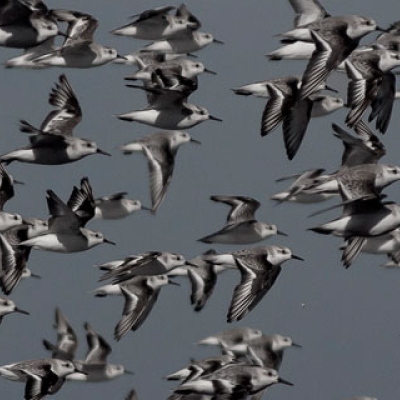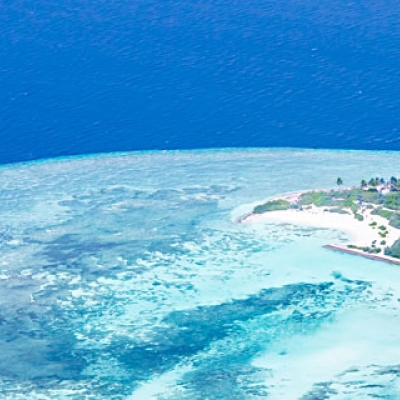
wetlands


Executive Orders for 2014: Royal Gardner
By Royal Gardner / On January 28th, 2014
Back in November of 2013, President Obama issued an executive order on climate preparedness. Because executive orders circumvent Congress within certain limits, they allow the president to implement action to address climate change and other issues. A few weeks ago I asked some of our authors to create their own executive orders to improve our handling of the environment; this is the last installment in the series.

Exporting No Net Loss
By Royal Gardner / On September 6th, 2013
The concept of “no net loss” of wetlands, first officially endorsed by the U.S. Army Corps of Engineers and the U.S. Environmental Protection Agency in 1990, continues to spread across the globe. The latest example is Taiwan’s national Wetland Conservation Act, enacted in July 2013 after five years of discussions. The new law adopts the objective of “no net loss” of area and function for wetlands designated as locally, nationally, or internationally important.

To the Bat Cave
By Kennedy Warne / On June 21st, 2011
One of the mangrove-related creatures I hoped to see in Cuba was the fishing bat, which takes small fish from the surface waters of wetland ponds in swooping aerial dives. While waiting for nightfall, when the bats are active, I visited a cave where another species, the butterfly bat, pours out of its roosts by the tens of thousands—a squeaking, fluttering horde. . .

Don't Have a Banana
By Kennedy Warne / On May 2nd, 2011
The Ten Thousand Islands National Wildlife Refuge is one of the great mangrove preserves of the United States. In fact, here mangroves are spreading where they’re not wanted—into former freshwater swamplands that were drained for a grandiose housing project that failed to get off the ground. I travelled to the refuge with a Fish and Wildlife researcher who was gathering groundwater data that will help environmental managers make the right decisions about how to restore the unique ecology of the area.
